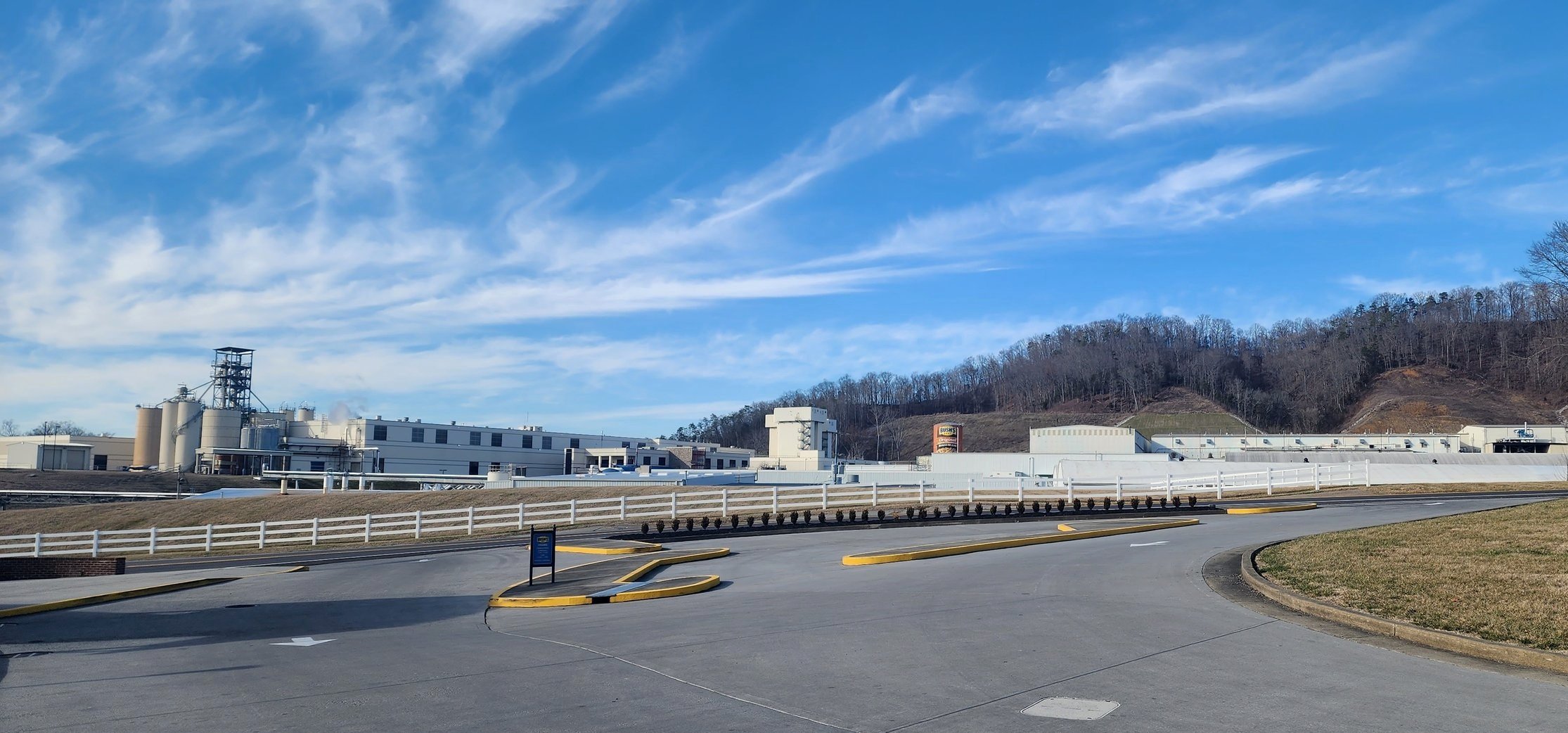- This Eufy robot vacuum has a built-in handheld vac - and just hit its lowest price
- I highly recommend this Lenovo laptop, and it's nearly 50% off
- Disney+ and Hulu now offer prizes, freebies, and other perks to keep you subscribed
- This new YouTube Shorts feature lets you circle to search videos more easily
- I changed 10 Samsung phone settings to give it a significant performance boost
Transforming Connectivity: Inside Bush Brothers & Company's Network Infrastructure Overhaul

Navigating the complexities of large-scale technology investments can often be met with skepticism from key stakeholders. In this insightful Q&A, learn from the experience of Ron at Bush Brothers & Company, who successfully championed a significant network infrastructure overhaul.
Q: Hi Ron, thanks for joining us! Tell us about yourself and your time working at Bush Brothers & Company.
A: Hey there! I’m Ron Grohman, and I’ve been with Bush Brothers for over 10 years, overseeing infrastructure and security. My background includes work in healthcare, finance, and higher education, tackling various IT headaches across these major industries.
Q: What were you setting out to achieve when you proposed a complete network refresh?
A: We aimed for a network that was enterprise-class, offering flexibility in hardware and configurations. Our goal was to design something robust, allowing us to get a good 8 to 10 years out of our investment. It was about having a system that could grow with the company without needing fundamental changes.
Q: Which Cisco products did you end up deploying?
A: We utilized Cisco’s hardware portfolio, including robust SD-WAN and Industrial Ethernet Switches. Cisco’s SD-WAN solution optimized our network’s performance and adaptability, ensuring high availability and efficient traffic management for critical applications. The deployment of Cisco’s Industrial Ethernet Switches provided durable and high-speed connectivity that could withstand the demanding conditions of our manufacturing settings.
We also implemented Cisco Identity Services Engine (ISE) for device management, using nearly every feature it offers. ISE revolutionized our network security by enabling comprehensive access control and policy enforcement, significantly enhancing our overall security framework.
Additionally, by integrating Cisco LoRaWAN, we expanded our IoT capabilities with long-range, low-power connectivity, allowing for efficient asset tracking and environmental monitoring across extensive areas. In fact, we were among the pioneering U.S. adopters of LoRaWAN, receiving specialized training to maximize the potential of the technology
Q: What outcomes did you see from the implementation?
A: The project was extremely successful, increasing visibility for troubleshooting and decreasing downtime. We were able to grow our infrastructure footprint by up to 400% without changing the core architecture. The design minimized middle-of-the-night emergency calls and created a more resilient environment.
Q: How did SHI, your Cisco Partner, play a role in this?
A: SHI was like an extension of our team. They helped us stay educated on the latest Cisco equipment and provided architecture advice. We leveraged their insights into other companies’ approaches to similar problems, which helped us in our decision-making process.
Q: You mentioned that you had to frame this idea of “ripping and replacing” the network as the right path forward to your stakeholders. What advice do you have for readers who may be experiencing similar conversations?
A: The key is reframing your message to align with your audience’s perspective. Understand there’s a difference between knowing something and understanding it. Translate technical details into risks and returns they grasp. Build trust with successful projects, and the subsequent conversations will be easier. Use the language of risk and return when speaking with finance folks, for instance. And always prepare thoroughly to convey a deep understanding of your proposal.
To learn more, check out:
Share:

